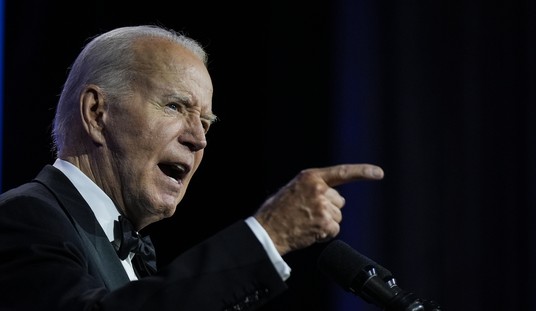Robert Kaplan has outlined all of his thinking on China and its “budding ocean empire” into one don’t-miss essay for the National Interest. Here’s his first item:
China is starting to build a commercial empire-of-sorts throughout two oceans—the Western Pacific and the Indian. In regards to the Indian Ocean, trade, rather than military expansion, will be at the heart of it. Empire building is often not the stuff of conscious grand strategy. It occurs gradually, over decades, by experimentation. And the end result is never clear at the beginning or even in the middle. To wit, the Venetian empire in the Eastern Mediterranean began as a limited expedition against pirates in the northern Adriatic. The beginnings of the Dutch and British East India companies were similarly circumscribed. China’s attempts at port building and/or financing from Myanmar to Tanzania are very much in this spirit.
This made me think, in an oblique way, of Robert Farley’s piece yesterday on the argument over what kinds of ships should be considered aircraft carriers. This argument isn’t merely a textbook case, because of the Navy’s statutory requirement to maintain a fleet of ten flattops:
This leaves us in an awkward situation, where the Navy sails a fleet of flat-decked aircraft carrying warships that will soon fly one of the most advanced tactical fighter jets in the future, and that are comparable in size and capability to the largest “aircraft carriers” that any other navy has to offer. And yet for bureaucratic and public relations reasons, we can’t call these warships “aircraft carriers,” even though they perform many of the missions that aircraft carriers execute, and in time of war would be expected to shoulder much of the burden placed on the larger carrier fleet.
There’s a danger in this, and the danger can’t be avoided by pretending that the CVL fleet aren’t carriers. At some point, cost-sensitive members of Congress may determine that the USS America and the USS Tripoli are carriers, perhaps after a junket that demonstrates the capabilities of the F-35B. If that happens, the statutory commitments may become less of a defense of the Navy’s supercarrier fleet than they appear today.
In other words, we’re looking at a time in the not-to-distant future when a “carrier” of dubious power-projection ability will be considered no different from a Nimitz– or Ford-class ship. Not only will we be patrolling the oceans with a smaller fleet, but with fewer “real” carriers.
The British Empire went into permanent retreat following the loss of Singapore to the Japanese, and really never ventured east of there again. It wasn’t long after the war before the Brits limited their commitments to nothing east of the Suez — and even that length of reach didn’t last very long.
So without a renewed commitment to shipbuilding — and to a fleet of at least ten full-sized flattops — I expect to see in my lifetime the United States effectively withdraw from the Indian Ocean. Beijing will fill the vacuum, its growing commercial empire (as described by Kaplan) eventually becoming a military one.
And I rather doubt the locals will consider them to be an improvement over us.










Join the conversation as a VIP Member